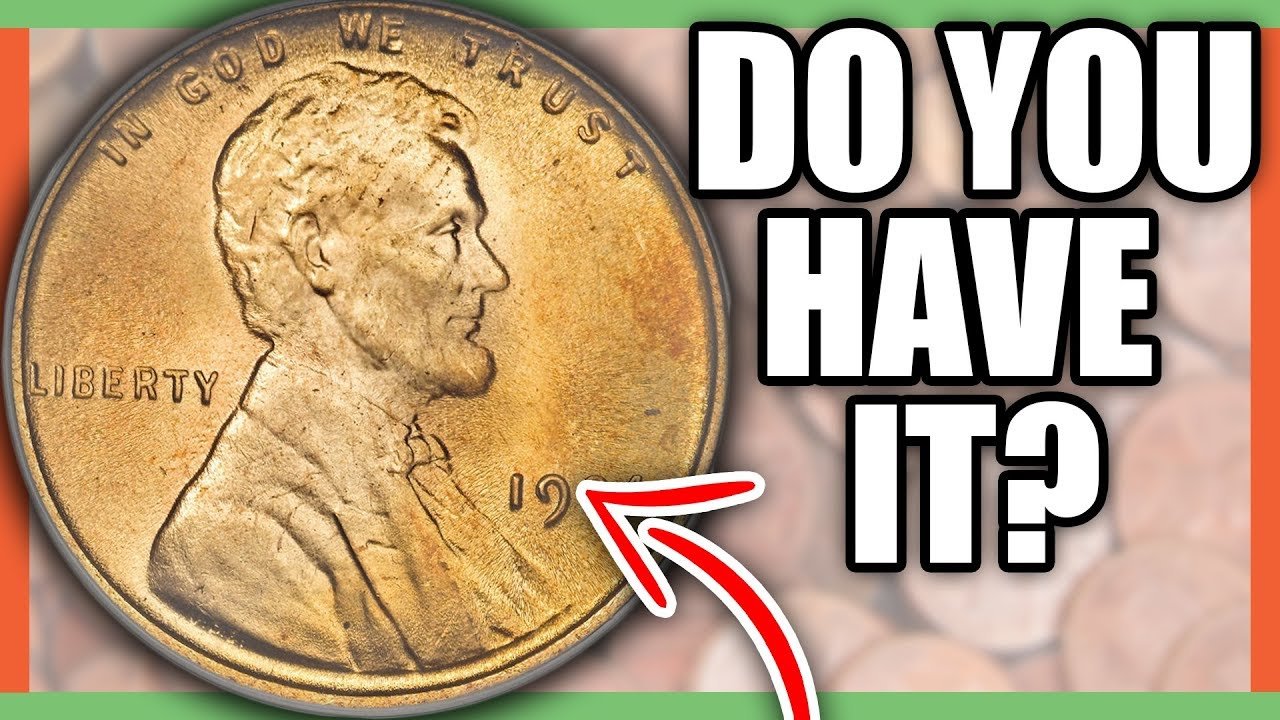The Lincoln Wheat Penny, first introduced in 1909 to honor President Abraham Lincoln’s 100th birthday, has long been a symbol of American coinage. While most Wheat Pennies are worth only a few cents, a recently discovered rare variety has been valued at an astonishing $99 million. Remarkably, experts believe that some of these ultra-rare coins may still be in circulation, hidden in wallets, jars, or old collections.
A Historic American Coin
Designed by Victor David Brenner, the Lincoln Wheat Penny was the first U.S. coin to feature a real person. Its iconic reverse design — two wheat stalks framing the words “ONE CENT” — made it instantly recognizable. Though millions were minted between 1909 and 1958, only a handful have the features that can command record-breaking prices in today’s numismatic market.
The Lincoln Wheat Penny Valued at $11 Million, Still in Circulation
What Makes This Penny So Valuable?
The $99 million Lincoln Wheat Penny is no ordinary coin. Its extraordinary worth stems from a combination of minting rarity, unique errors, and pristine condition. Some of the most sought-after varieties include:
-
1943 Copper Penny: Most pennies minted in 1943 were made from steel due to copper shortages during World War II. A few leftover copper planchets were accidentally used, creating one of the most valuable coins in American history.
-
1955 Double Die Penny: Known for its pronounced doubling of “LIBERTY” and “IN GOD WE TRUST” on the obverse, this error is highly prized by collectors worldwide.
-
1922 “No D” Penny: Some Denver-minted pennies from 1922 appear without a mint mark due to die errors, making them exceedingly rare.
The $99 million coin is believed to be one of these exceptionally rare errors, preserved in near-perfect condition and graded at the highest levels by professional numismatic organizations.
How to Identify a Valuable Lincoln Wheat Penny
Even casual collectors can spot a potentially valuable Wheat Penny with careful inspection:
-
Date and Mint Mark: Check the bottom of the coin for the year and mint mark — “D” for Denver, “S” for San Francisco, or no mark for Philadelphia.
-
Minting Errors: Look for doubling, missing letters, off-center strikes, or unusual features.
-
Material: A 1943 copper penny stands out because most coins that year were steel.
-
Condition: High-grade, uncirculated coins with sharp details are far more valuable than worn examples.
Even seemingly ordinary pennies can hold extraordinary value, making every Wheat Penny worth a second look.
Still in Circulation — Hidden Treasures
Despite their age, some Wheat Pennies remain in circulation. Stories of rare coins found in coin rolls, old jars, and change boxes continue to surface. The fact that a coin worth $99 million could still be hiding in everyday change highlights the enduring fascination and excitement of coin collecting.
Final Thoughts
The Lincoln Wheat Penny is more than just a coin; it’s a piece of American history. While most are worth only a penny, the rarest specimens, like the $99 million example, demonstrate that extraordinary value can sometimes be found in the most ordinary places. For collectors and casual enthusiasts alike, these coins are a reminder that history, fortune, and chance often intersect in a single coin.
FAQ The Lincoln Wheat Penny Valued at $99 Million
Q: Are all Lincoln Wheat Pennies valuable?
No. Most are worth only a few cents. Only rare minting errors or ultra-rare varieties reach multi-million-dollar values.
Q: Which Wheat Pennies are worth the most?
The 1943 copper penny, 1955 double die, and 1922 “No D” penny are among the most valuable.
Q: How can I sell a rare Wheat Penny?
Consult professional coin dealers, certified grading services like PCGS or NGC, or auction houses specializing in rare coins.
Q: Should I clean my Wheat Penny?
Never. Cleaning can destroy its numismatic value and drastically reduce its worth.






